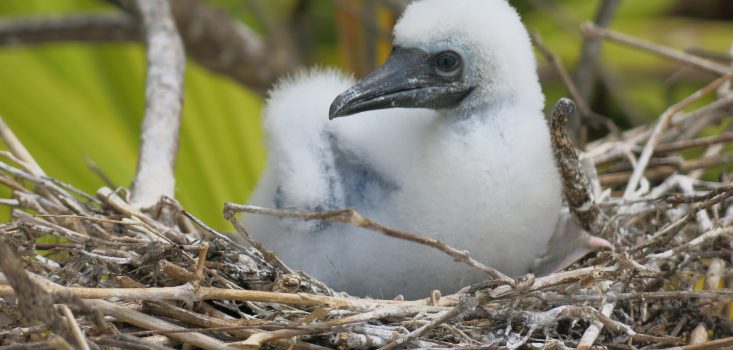It has long been known that the introduction of invasive species can have a detrimental effect on native flora and fauna. Rats decimate seabird populations all around the world by eating eggs and chicks – and sometimes even adult birds.
The British Indian Ocean Territory includes the Chagos Archipelago and 58 tiny islands. Some of the islands are home to the Black rat (Rattus rattus), whereas others have mercifully remained rat free. Researchers from the Bertarelli Programme in Marine Science have used these two types of islands – with rats and without – to see what effect the prescence of rats has on the health of the surrounding coral reefs.
Prof. Nick Graham commented:
“The islands with no rats are full of birds, they’re noisy, the sky is full and they smell – because the guano the birds are depositing back on the island is very pungent. If you step onto an island with rats, there are next to no seabirds.”
On rat-free islands, seabirds including boobies, frigatebirds, noddies, shearwaters and terns travel hundreds of kilometres to feed out in the ocean. When they return to the island, they deposit rich nutrients from the fish they feed on.
Prof. Nick Graham of Lancaster University considered whether these nutrients were being leached into surrounding waters and were influential in the biology of the reef systems. The findings, published today in Nature, are stark – fish on reefs adjacent to rat-free islands grew faster and larger compared to those fish living adjacent to rat-infested islands.
As coral reefs are regularly affected by changes in ocean temperature and the frequencey of coral bleaching events increases, this research suggests that the removal of invasive species like rats, could become an important way of increasing the resilience of these essential habitats.




